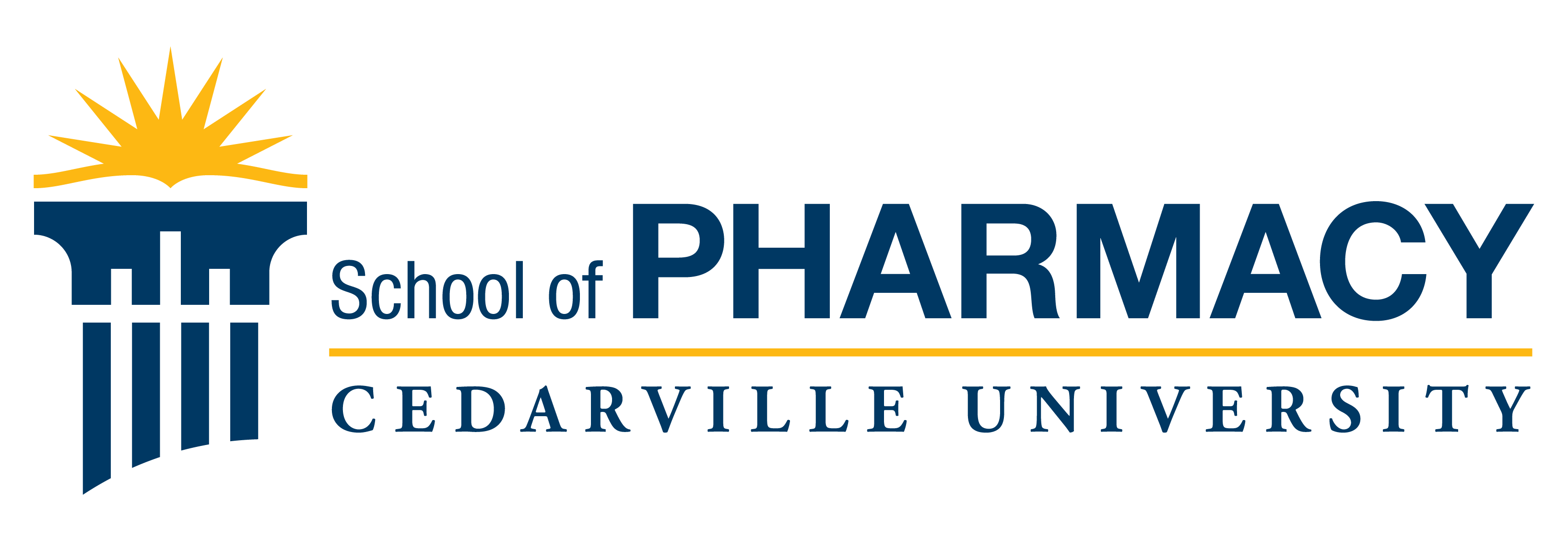Pharmacy Faculty Publications
The Cost Effect of Newer Medication Adoption in an Older Medicaid Cohort
Document Type
Article
Publication Date
8-2005
Journal Title
Journal of the American Geriatrics Society
ISSN
0002-8614
Volume
53
Issue
8
First Page
1366
Last Page
1373
DOI
http://dx.doi.org/10.1111/j.1532-5415.2005.53419.x
Abstract
OBJECTIVES: State Medicaid programs struggle with rapidly increasing expenditures for pharmaceuticals, and Medicare will likely face the same challenge. This article demonstrates how the adoption of newer drugs across diverse therapeutic classes contributed to one state's Medicaid expenditures over a 3-year period. DESIGN: Retrospective analysis of administrative claims data. SETTING: Older Kansas Medicaid community dwellers and institutionalized beneficiaries. PARTICIPANTS: A 15% random sample (N = 6,256) of recipients aged 60 and older. MEASUREMENTS: Prescription medication use was tracked for three sequential 1-year periods for eight therapeutic classes accounting for the greatest Medicaid drug expenditures, categorizing individual medications as newer or older agents based on generic availability and other clinical distinctions. Outcome measures were utilization per person-year, price per prescription, market share as percentage of prescriptions, and market share as percentage of expenditures for prescriptions within each class. RESULTS: Use increased for all classes, driven by the adoption of newer agents. Mean prescription prices rose in nearly all classes primarily because of the higher prices of the newer agents. Newer drugs accounted for more than 50% of prescriptions in four of eight classes and constituted a disproportionately greater share of expenditures than their prescription share among several classes: antidepress ants (>95%), antipsychotics (>92%), antiulcer agents (>63%), antiinfiammatory drugs (>60%), and opiates (>45%). CONCLUSION: Newer drug products for a variety of treatment indications consume a majority of pharmaceutical expenditures through widespread adoption and higher prices. Although these agents may offer some therapeutic advantages, further research is needed to determine in what circumstances, and for which patients, the advantages of new pharmaceuticals outweigh their higher costs.
Keywords
Elderly, Medicaid, prescription drug costs, prescription drug utilization, trends
PubMed ID
16078963
Recommended Citation
Eng, M., Rigler, S., Shireman, T., Jachna, C., & Griebling, T. (2005). The cost effect of newer medication adoption in an older Medicaid cohort. Journal of the American Geriatrics Society, 53, 1366-1373.



